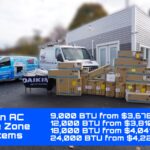
Are you ready to experience modern...
more»
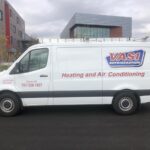
As the HVAC industry evolves, so do the...
more»
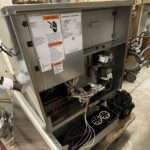
Welcome to Vasi Refrigeration, your...
more»
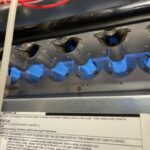
Annual furnace maintenance is like a...
more»
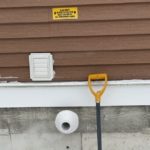
Heating your home uses more energy and...
more»

As a homeowner, saving money is...
more»
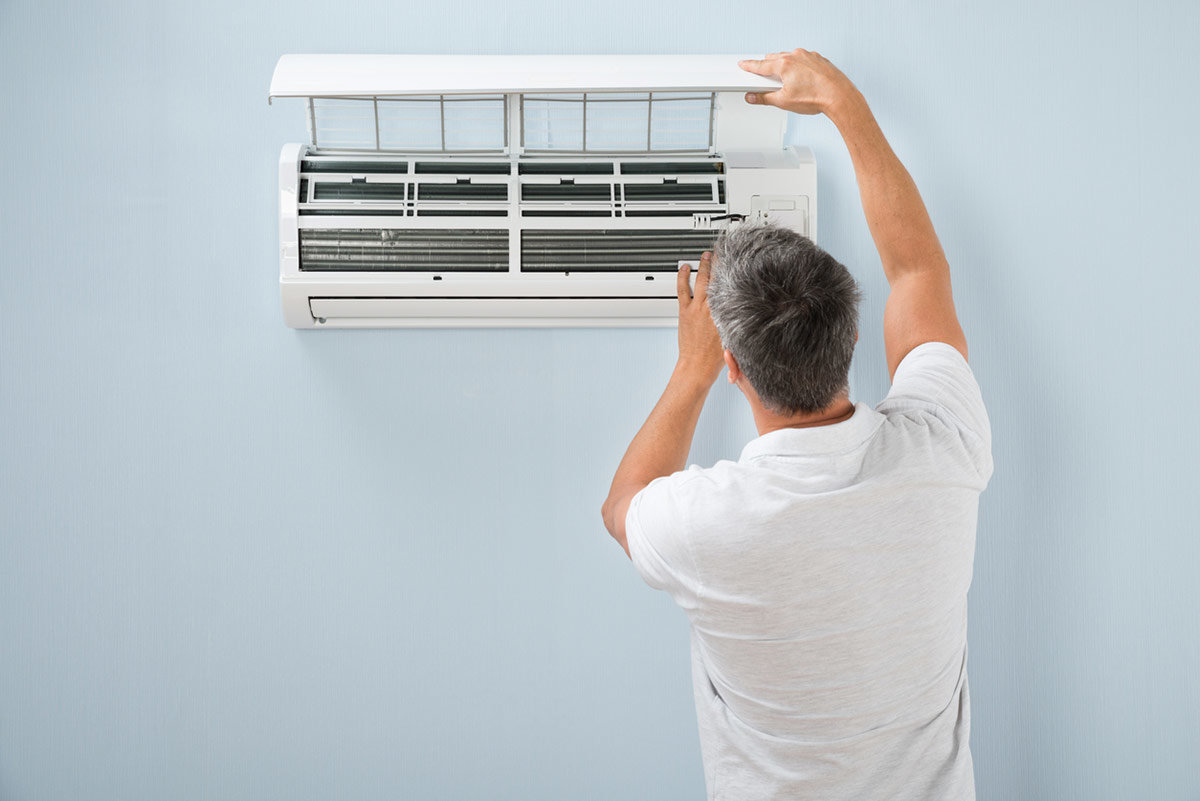
Have you ever been to a restaurant and...
more»
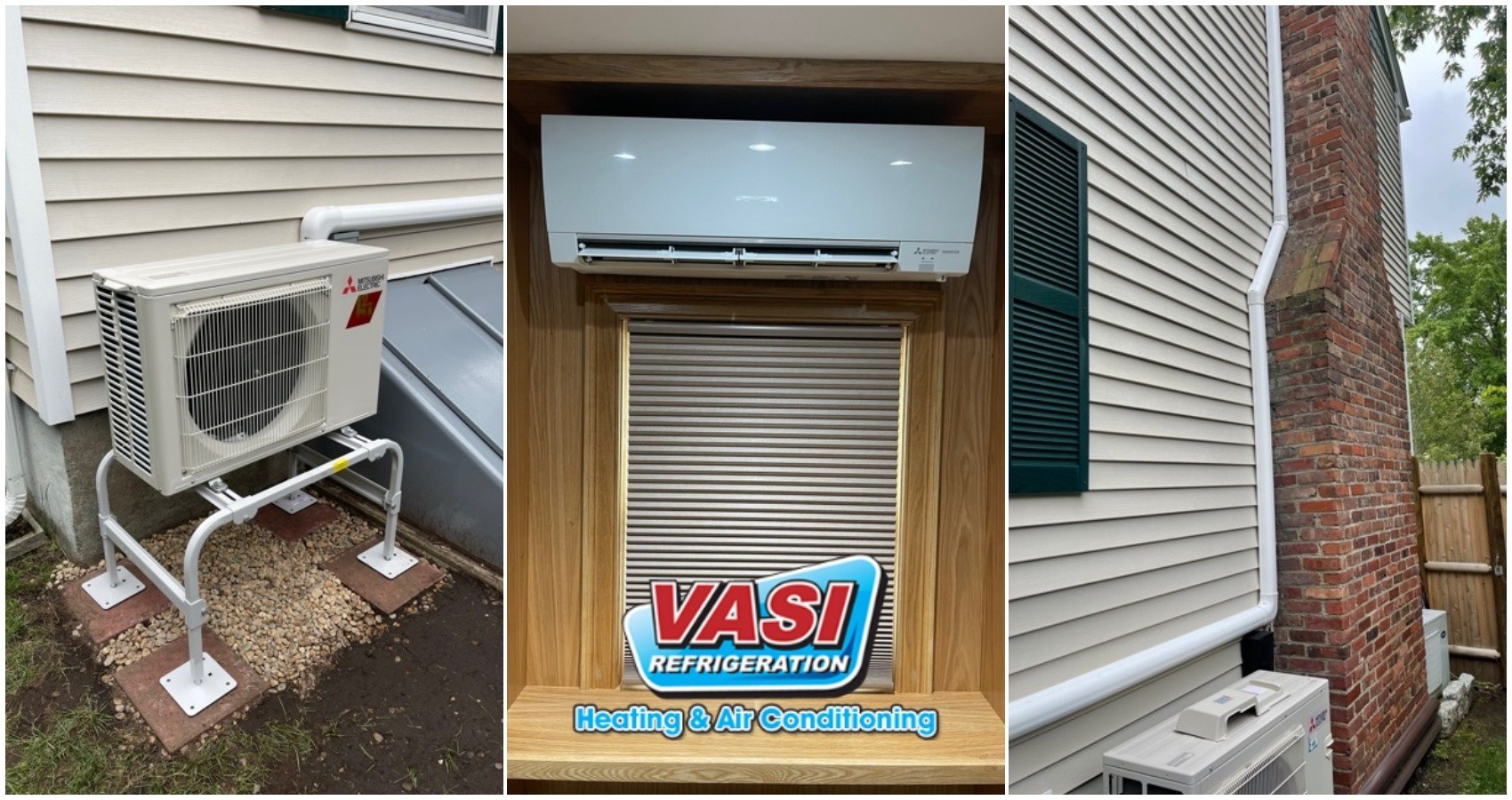
Ductless mini splits offer versatile...
more»
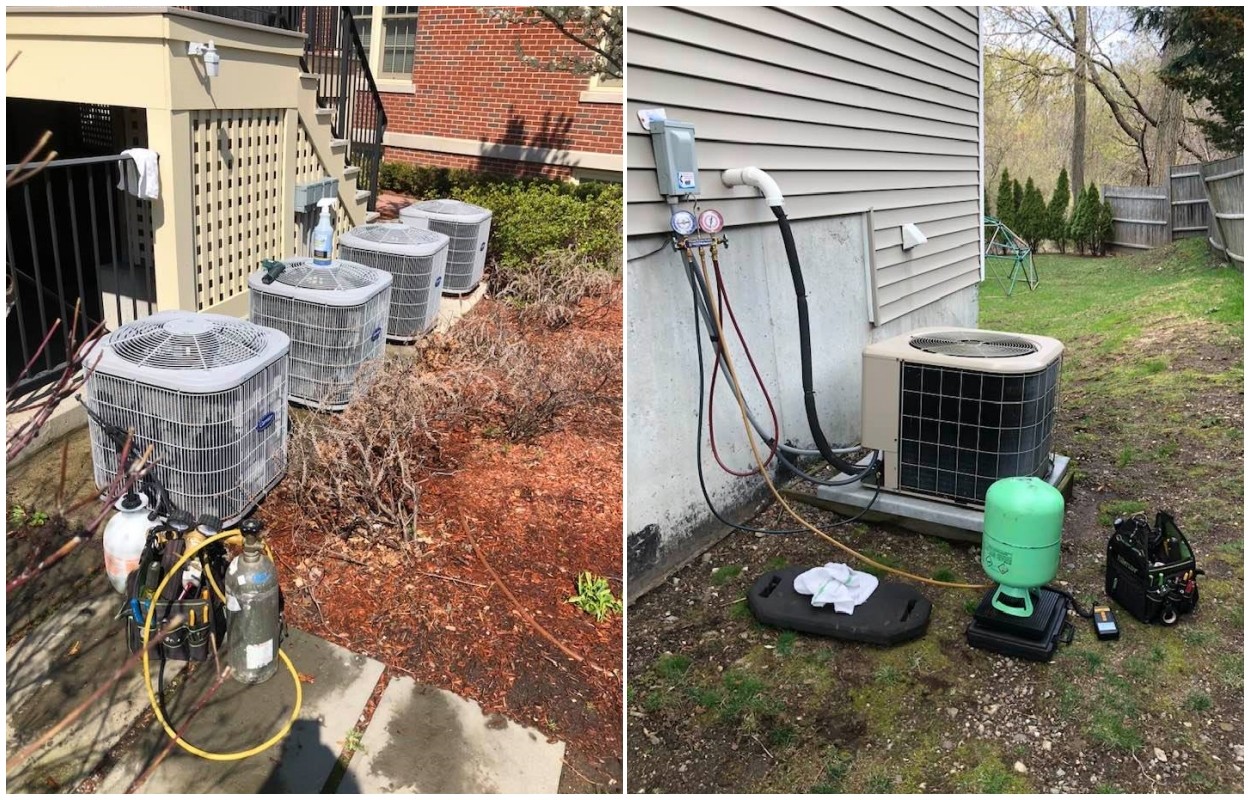
Routine maintenance on your Air...
more»
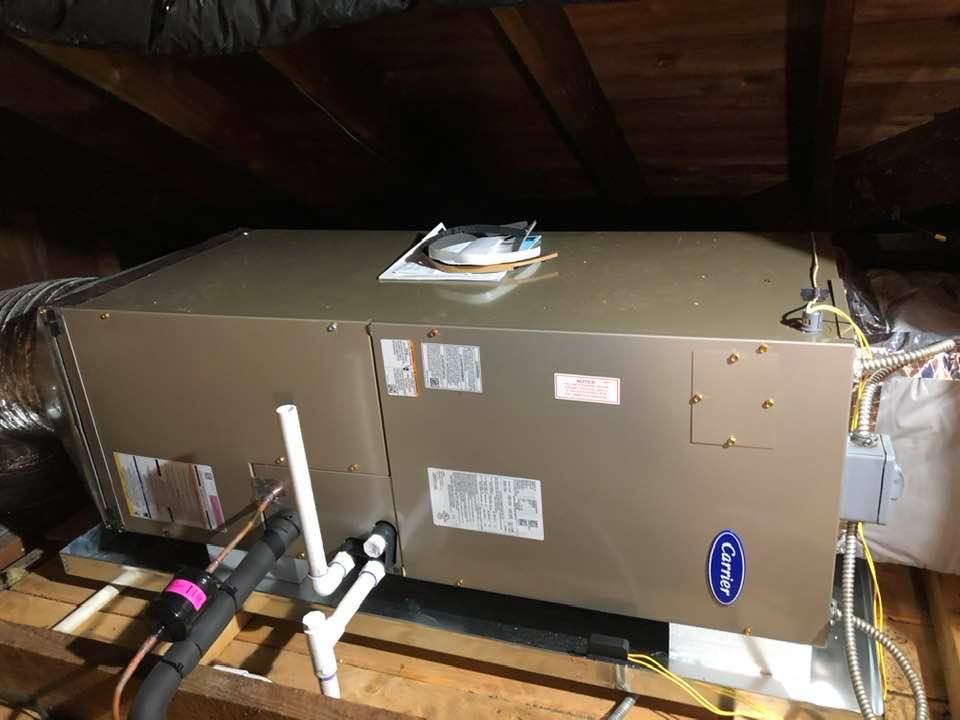
For homeowners in need of a new air...
more»
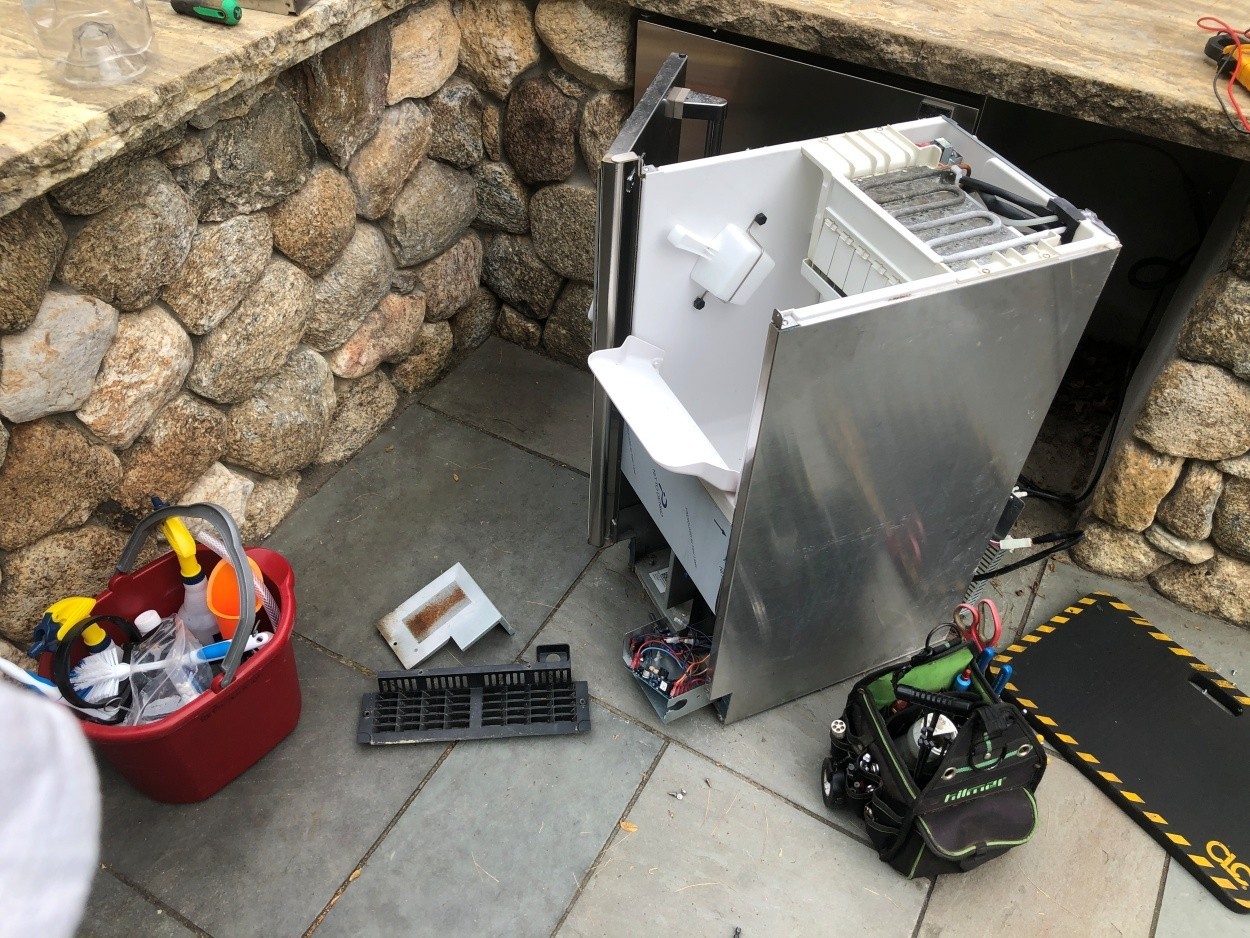
Good practices enhance food safety,...
more»
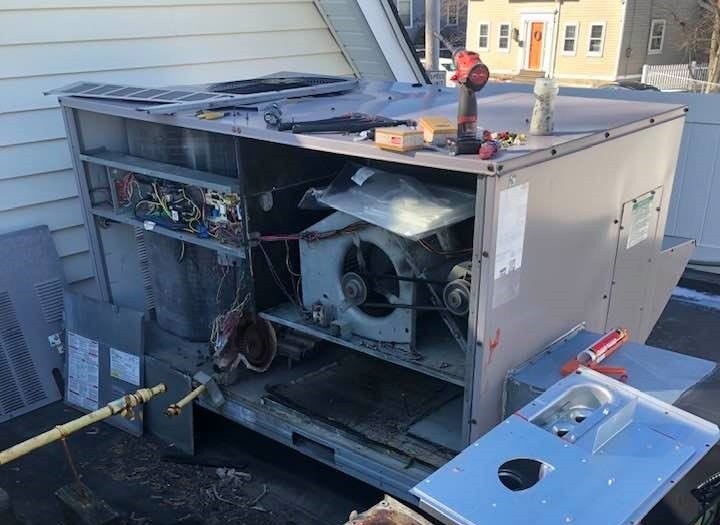
In Massachusetts, our HVAC systems...
more»
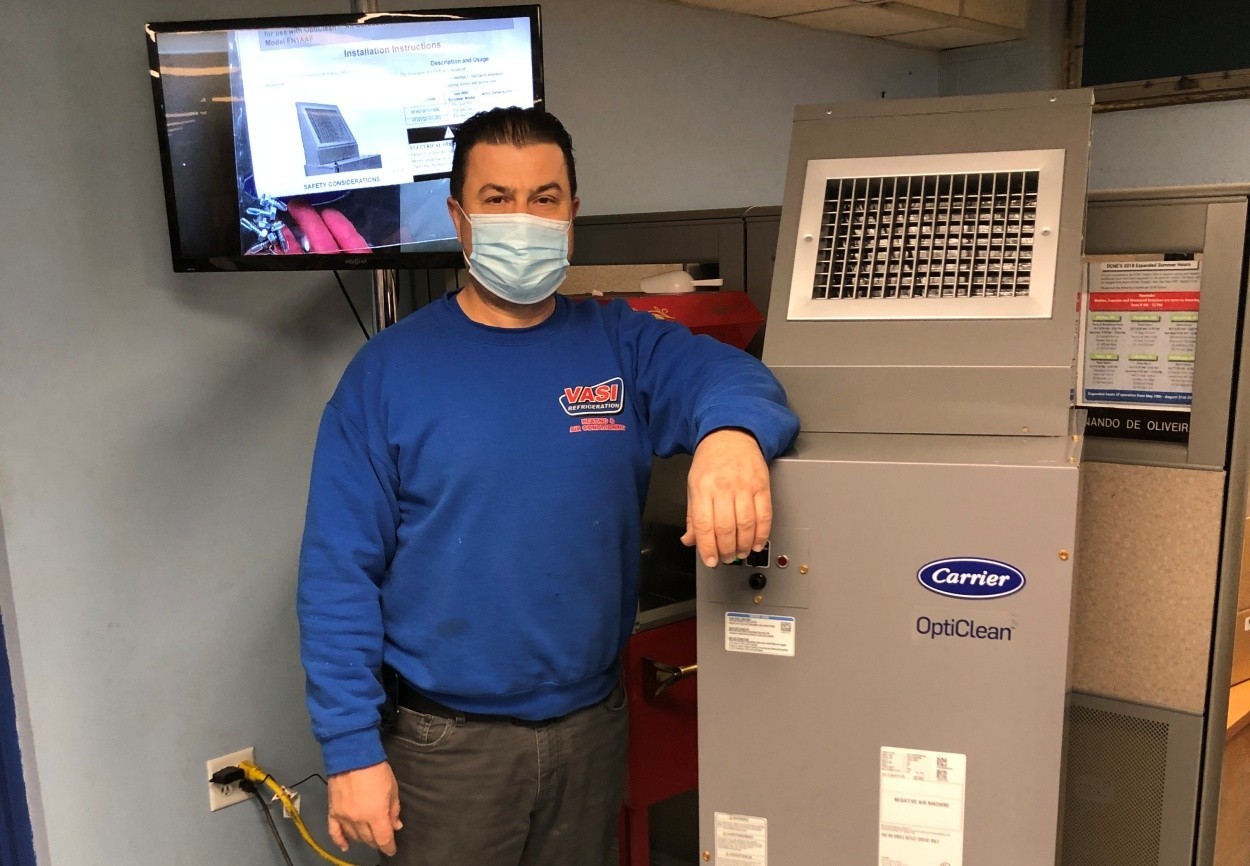
Dual-Mode Air Scrubber & Negative...
more»
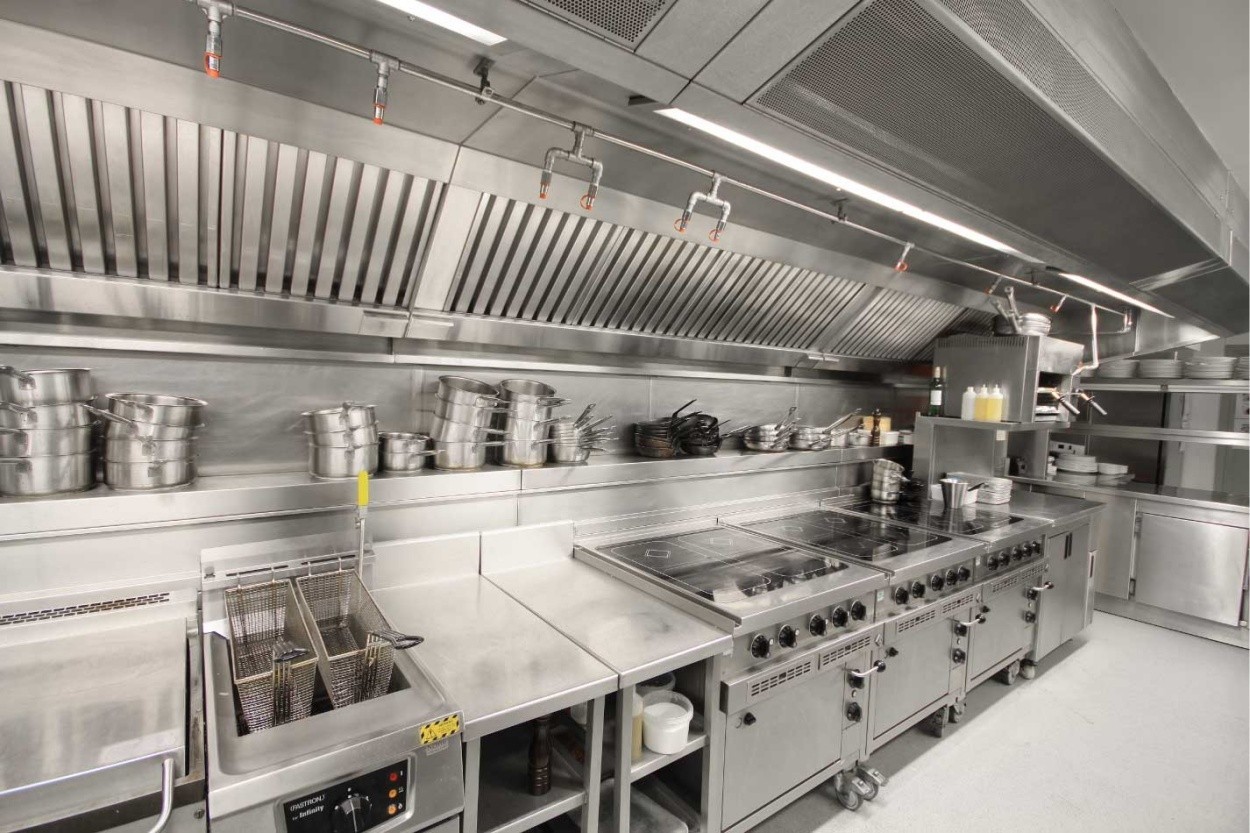
A growing number of local restaurants...
more»
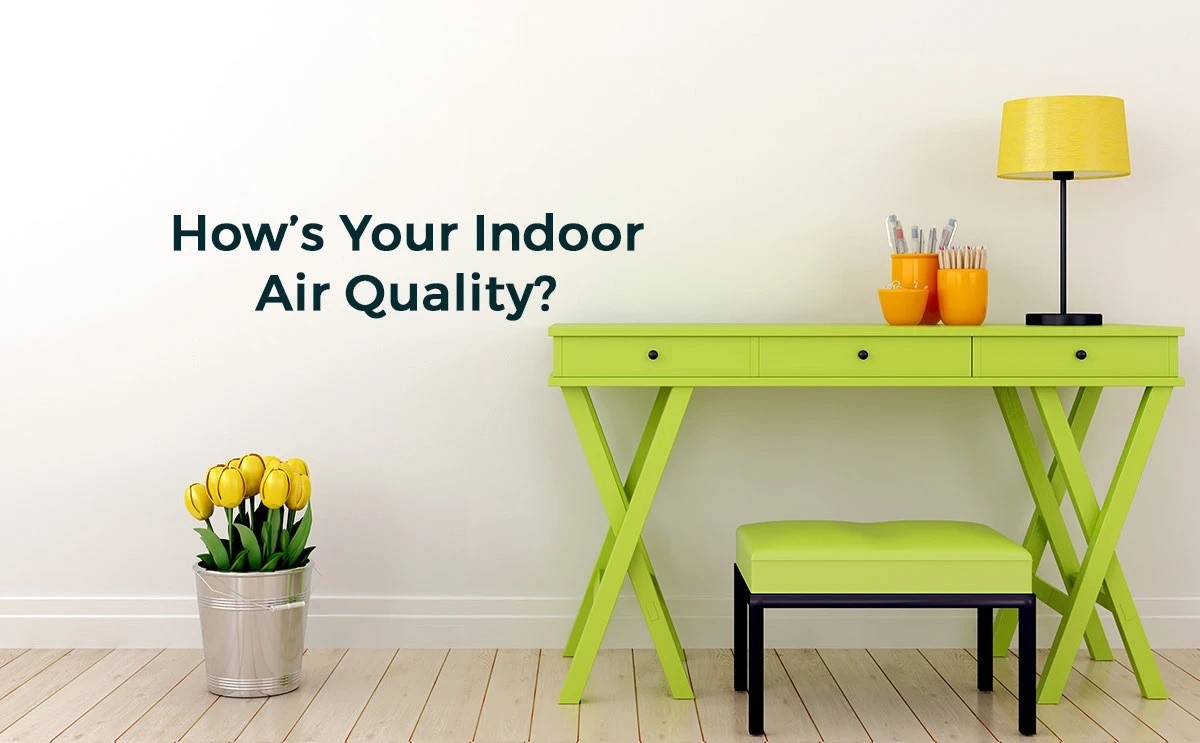
Air cleaner and air purifiers are...
more»
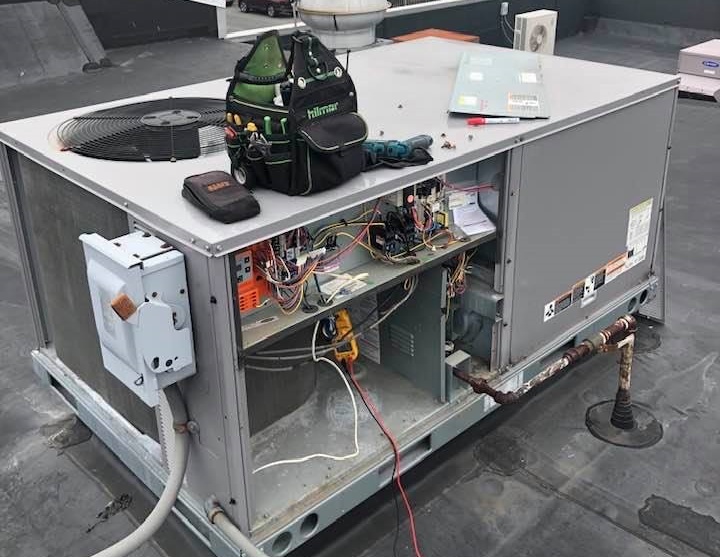
With the kids back in school and fall...
more»